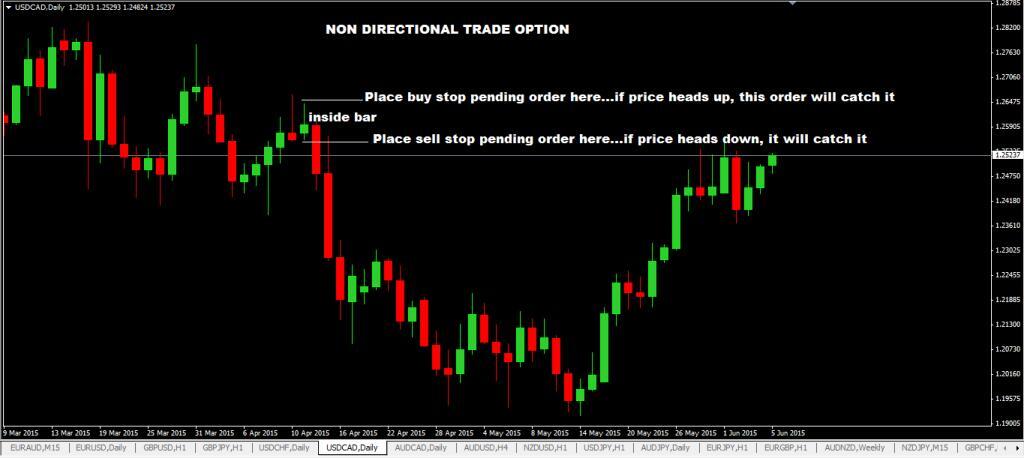
However, even a buy-stop order triggered on 27 February, the first market bounce, would still have benefited from a near 1300 fall in the index. A limit order is an order to buy or sell a stock with a restriction on the maximum price to be paid (with a buy limit) or the minimum price to be received (with a sell limit). If the order is filled, it will only be at the specified limit price or better. A limit order may be appropriate when you think you can buy at a price lower than—or sell at a price higher than—the current quote.
However, there are key characteristics about how these orders execute (or don’t execute), fees, and execution standards. A stop-loss order is commonly used in a stop-loss strategy where a trader enters a position but places an order to exit the position at a specified loss threshold. A stop-loss order can also be used by short-sellers where the stop triggers a buy order to cover rather than a sale. In general, understanding order types can help you manage risk and execution speed.
Can stop-loss orders be used to protect profits on long and short positions?
Investors generally use a buy stop order in an attempt to limit a loss or to protect a profit on a stock that they have sold short. Investors generally use a sell stop order in an attempt to limit a loss or to protect a profit on a stock that they own. A stop-limit order enables investors to set conditions for how they want their trades to be executed.
If you don’t know when to use either one, then both can be used in conjunction with each other to protect your investments from market fluctuations. Both work great on their own but considering them both against each other, one must note that limit orders are for capping profits while stop limits prevent losses just like stop-losses do. At this juncture, stop-loss order acts as an insurance policy which minimizes your loss exponentially.
Other types of stop orders
A limit order allows you to postpone the transaction until the security reaches your desired price. A limit order is an instruction to buy or sell a stock at a price that you specify or better. For example, if you want to buy a $50 stock at $48 per share, your limit order will be filled once sellers are willing to meet that price. In contrast, a stop-limit order incorporates the elements of a limit order and a stop order and sees the limit order placed only after the stop price has been triggered. Therefore, a stop-limit order needs both a stop price and a limit price, which might be the same or different.
- Instead of a market sell order, the limit order offers a corridor of potential closing prices for the trade (with the limit price at one extreme and the stop price at the other).
- A stop-loss order would be appropriate if, for example, bad news comes out about a company that casts doubt upon its long-term future.
- The same mechanism is triggered when you want to sell the stock at the highest possible price.
- To help protect yourself in case MEOW reverses itself and begins falling, you set a stop price at $8.
You can decide whether the order is only valid during the current trading session, or it can be rolled over into the next. You can also decide if the pending https://forexhero.info/what-is-forex4you/ order is valid until you manually cancel it. An order that is valid for the current trading session will expire at the end of the day if it is not executed.
How does a Limit order work?
In fast-moving markets the actual execution price could be very different to the sell-stop limit level. It is probably easier to show an example of this strategy in action…. A Take Profit order will be automatically triggered when an asset value hits a predetermined level. If a stock is priced at $100 and rising, the trader may think that it can rise no higher than $120 – the point at which he places his take profit order – before reversing. Conversely, if the stock is falling and he believes that the maximum profit on a sell order will be at $80, that is where he will place the TP on a short position.
Penny Stocks Trading and Options: Strategies for Leveraged Profits – Penny Stocks
Penny Stocks Trading and Options: Strategies for Leveraged Profits.
Posted: Sun, 11 Jun 2023 15:01:25 GMT [source]
If ABC Foods drops to $95, her sell stop order will become a market order and sell her shares to lock in her profits. Sally, the investor, owns shares of ABC Foods, currently priced at $100 per share. She purchased ABC Foods at $85 per share and has made a decent profit already. She believes the stock price has the potential to continue to rise even more, should the price reach $105, and she would like to take part in that momentum. So Sally enters a buy stop order to buy additional shares of ABC Foods at $105 per share.
What It Means for Individual Investors
As soon as the asset hits the level, the platform closes the position, regardless of which direction the asset continues to trend towards. A sell stop order is entered at a stop price below the current market price. If the stock drops to the stop price (or trades below it), the stop order to sell is triggered and becomes a market order to be executed at the market’s current price. This sell stop order is not guaranteed to execute near your stop price. Keeping an eye on the price of stocks or other securities can be nerve-wracking and time-consuming.

If the price of the stock falls too fast and the portfolio can’t sell it for at least the limit price, it will not sell. Both types of stop orders can result in investors being shaken out of positions they wanted to hold, due to short-term price fluctuations. In some markets, traders are known for trying to take out known stop levels. The benefit of a stop-limit order is that it guarantees a minimum trade price for sells, or maximum trade price for buys. The drawback is that the order might not be executed even if the stop price has been reached. If a stock experiences a sharp price movement, it could move right through an investor’s stop limit price, resulting in even greater losses on the position that wasn’t divested.
Besides his extensive derivative trading expertise, Adam is an expert in economics and behavioral finance. Adam received his master’s in economics from The New School for Social Research and his Ph.D. from the University of Wisconsin-Madison in sociology. He is a CFA charterholder as well as holding FINRA Series 7, 55 & 63 licenses. He currently researches and teaches economic sociology and the social studies of finance at the Hebrew University in Jerusalem.
Stop Losses: A Trader’s Best Defense – TradingView
Stop Losses: A Trader’s Best Defense.
Posted: Wed, 24 May 2023 07:00:00 GMT [source]
What is limit vs stop vs stop limit?
A limit order sets a maximum price that you're willing to pay or a minimum price that you're willing to accept on a sale, whereas a stop order is triggered when an asset reaches a certain price and filled at the next available price. Also, limit orders are visible to the market, while stop orders are not visible.


